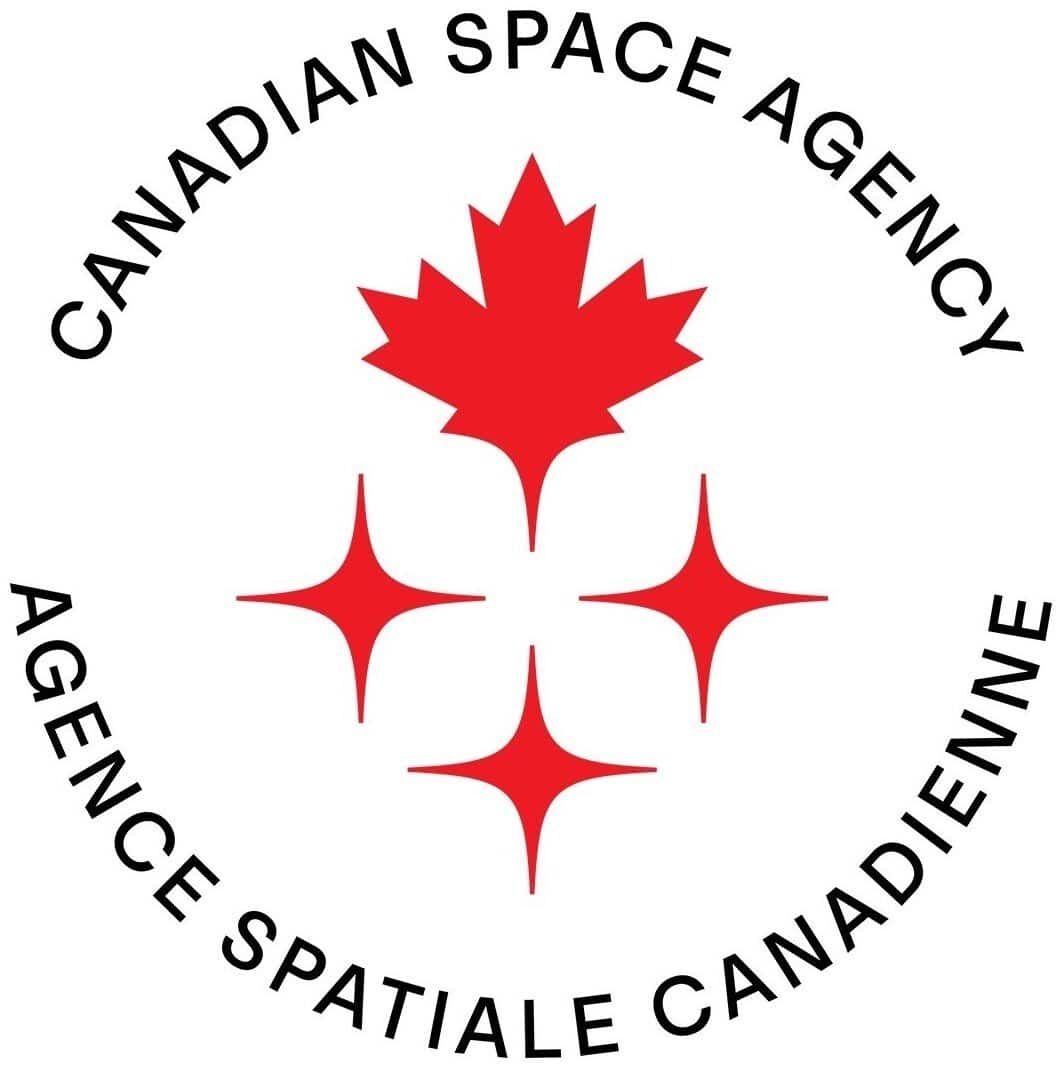ISS Crew Advances Heart Health, Stem Cells and Fire Safety Research
On November 18 the Expedition 73 crew aboard the International Space Station focused on life science and physics experiments that could shape long duration human spaceflight and terrestrial medicine. Their work on heart health, stem cell behavior, fluid particle dynamics and flame propagation in microgravity carries practical implications for deep space missions, international cooperation, and safety standards aboard spacecraft.

The International Space Station served once again as a laboratory for experiments that bridge basic science and applied engineering when the Expedition 73 crew carried out a packed schedule of life science and physics research on November 18. Scientists and mission planners say the results could influence plans for long duration missions beyond low Earth orbit as well as medical understanding on Earth.
Flight Engineers Mike Fincke of NASA and Kimiya Yui of JAXA, the Japan Aerospace Exploration Agency, split their shift to work on two complementary physics investigations. One experiment examined how particles attach to fluids in microgravity, a line of inquiry with direct relevance to both consumable management in spacecraft and fundamental fluid dynamics that behave differently when buoyancy and sedimentation are absent. The second study observed how flames spread in space, informing spacecraft fire safety procedures and materials selection for confined habitable volumes.
Beyond physics, the station hosted life science efforts probing heart health and stem cell behavior in weightless conditions. Microgravity alters cellular processes and cardiovascular responses in ways that can accelerate aging like changes, giving researchers a condensed window to study mechanisms that develop slowly on Earth. Stem cell experiments in orbit aim to reveal how cellular differentiation and regeneration respond to the space environment, insights that could feed back into regenerative medicine and treatments for heart disease back home.
The day of research underscores the multiple roles the orbital outpost continues to play. Established as a platform for international collaboration, the station enables researchers from diverse agencies to test technologies and biological models that will be needed for Artemis era missions and possible crewed expeditions to the Moon and Mars. Work on flame propagation and particulate behavior also addresses immediate safety concerns aboard the station and future deep space vehicles where evacuation or rapid rescue will not be options.
Progress on these experiments arrives amid a broader NASA emphasis on understanding cosmic radiation and its effects on air and on human health for future space travelers. While radiation research is conducted through a variety of flights and instruments, the coupled studies of physiology and physical processes in microgravity paint a more complete picture of the operational and health risks of extended spaceflight.
The participation of JAXA and other partners highlights the diplomatic and technical interdependence required for sustained human presence in space. Sharing experimental duty cycles, cross training crew members and pooling scientific expertise reduce duplication and accelerate the translation of findings into policy and design standards. As agencies worldwide plan longer missions, the practical lessons gleaned from a single day of station science can influence spacecraft design, medical protocols and international safety norms.
The results from these experiments will undergo months of analysis, but their practical orientation already frames them as building blocks for safer, healthier crewed exploration and as potential catalysts for medical advances on Earth.


